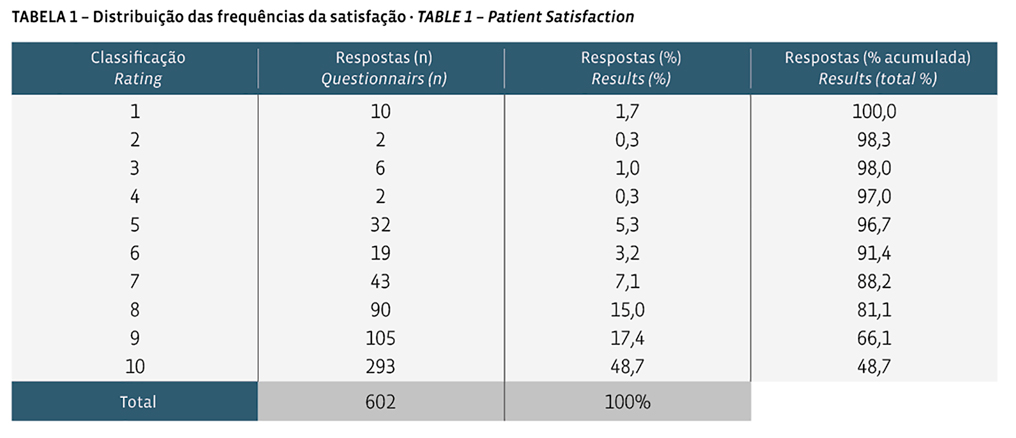Dr. João Paulo Sousa
Orthopedic Surgeon
Director of the Department
of Orthopedics

Knee prostheses.
Are patients satisfied?
HPA Magazine 14
The Orthopedics Team of the HPA in Gambelas, has since its opening, almost reached the seven hundredth knee arthroplasty (known as knee replacement surgery). It is a technique that is particularly rewarding, where we have invested immensely in terms of training and research. We are the national center and also one of the European centers with the largest number of cases carrying out this particular intervention using specific instrumentation (Patient Specific Instrumentation – PSI). Two specially made parts are produced for each patient’s surgery, which we believe achieve better results than classical instrumentation. This experience has made us an international training center for this technique and has contributed to the achievement of our being elected by the Portuguese Ordem dos Médicos as a training center for Orthopedic Interns in this area.

According to our patient data base, we have reached a total of 688 interventions, between 2011 and 2020, of which 150 were bilateral, in a predominantly female population (68%), with an average age of 70 (youngest 48 and the oldest 92 years). Of these patients, 10% were 80 years or above, demonstrating that age is not a contraindication for this type of surgery, quite the contrary.
In 2019 we had an average hospital stay of 2.6 days, the most frequent being 2 days. Another clear finding is a decrease in the need for blood transfusions. During the previous five years (452 consecutive interventions) patients have not had the need for blood transfusions.
The most frequent complication was arthrofibrosis, a situation where there is a deficient range of motion creating the need for a second intervention to mobilize the knee under anesthesia. However, the most feared complication in this type of intervention is infection. This occurred in only two cases, resulting in an infection rate of less than 0.3%, an excellent and rare result in most national and international centers.
None of these results would make a difference, if we could not meet the main object of this surgery and in fact of any other surgery, a satisfied patient at the end of the procedure.
To comply with this requirement, we evaluate the satisfaction of our patients by asking them to give us their opinion by completing a numerical scale that varies from 1 (not at all satisfied) to 10 (entirely satisfied). So far we have received 602 questionnaires. See Table 1.
The results show us that the average satisfaction rate is 8.7, that men are more satisfied, although without a significant difference (8.7 vs 8.5) and that among the different age groups the results are uniform (<60 years = 8.5; 60-69 years = 8.6; 70-80 years = 8.7 and> 80 years = 8.5).
We also found that the satisfaction rate of the cases operated by the specific instrumentation technique is slightly higher than that of conventional instrumentation (8.7 vs 8.5).
The data described in Table 1 shows us that almost half of the patients rated satisfaction with the maximum score and that more than 90% classified their experience as positive (> 5).
The percentage rate of dissatisfied patients (<5) is less than 10%, and this frequency corresponds to the majority of patients who suffered complications. Our commitment is to work and study daily in attaining our object, which is to reduce the percentage of this result to zero.
What we have achieved so far are results that match those published in the best centers and are the result of teamwork; of a group of professionals that includes, in addition to all medical professionals, admin staff, nurses, assistants and physiotherapists. This team has been organized according to standardized protocols and procedures, and is permanently self-challenging and self-evaluating. A group of professionals that can provide patients with the results they can expect; a group of professionals who believe that continuous improvement is only possible when you know the result of your work in depth and detail.









